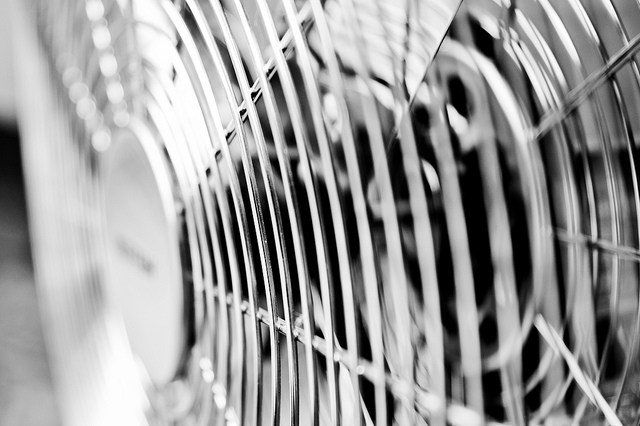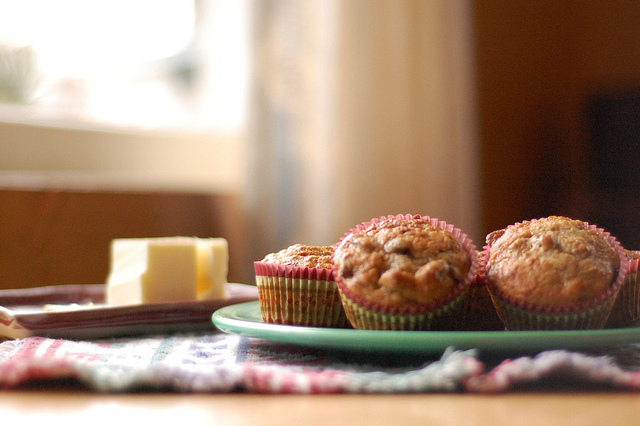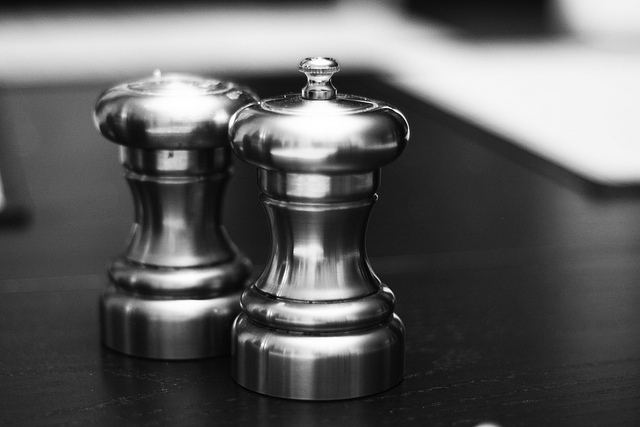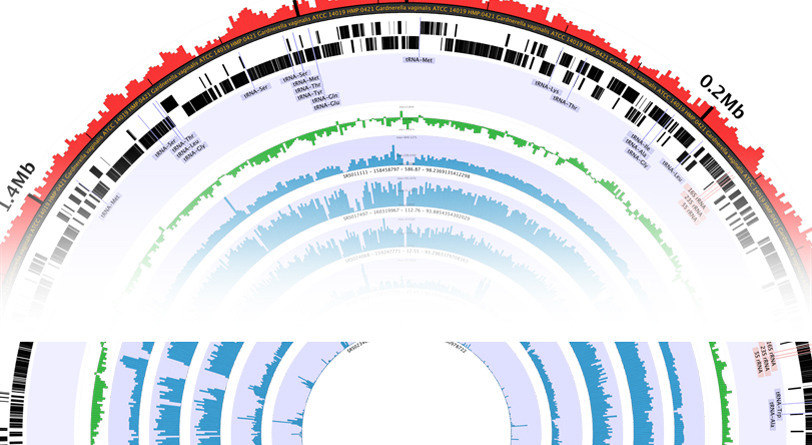Some of us take sleep for granted, those who claim they fall asleep like a baby “as soon as their head hits the pillow”. I remember my grandfather informing the rest of the family of how he only needed 3-4 hours of sleep and could function “just fine”. However, he was always the one napping on the couch or slumped in a chair snoozing during a family get together. Interestingly, to us as sleep specialists, falling asleep immediately as you lay down for the night, or dozing off inadvertently during the day may be a sign of sleep deprivation. In fact, the most common cause of daytime sleepiness it just not getting enough sleep at night.
Famous politicians have long boasted on how little sleep they needed. Most humans need 7.5-8 hours of sleep to awaken on their own feeling refreshed and alert. Only a very small percentage of the population is what we call “short sleepers” and can function well with 5 hours or less of sleep. If you looked up sleep in the dictionary you’d see it is defined as “a condition in which the eyes are usually closed and there is little or no consciousness”. We now know the brain can be even more active in sleep than when awake. It uses more oxygen during the deepest stages of sleep than when you’re sitting at your desk working. Some mammals including dolphins and whales can sleep with only one side of the brain and be awake on the other side of the brain. You’d think that would be nice if we could do it although if our bosses found out, they might just make us work a longer shift.
Sleep is to humans what gas is to a car, what water is to plants, it fuels the brain. During sleep we shuffle and sort out our memories and recharge the brain and its important functions. Sleep recharges our batteries. Sleep deprivation can have the same effect on brain function as driving when you’re drunk. It can slow down your reflexes, promote poor decision making, and increase the chances of reckless and unsafe decision making. Just ask a rat if sleep is important. Indeed, if you deprive a rat of sleep for a month or so, they will perish and die. Let’s give thanks we are not rats. However, you cannot underestimate the importance of sleep.
Oh, don’t get me wrong. Sex can be rejuvenating. But just talk to the young couple whose newborn has kept them up for weeks and months on end. What would they wish for on a vacation? Well, I can’t speak for others although a great night’s sleep might just be the new sex for them. So just lean your head back on that chair and ponder, “Is sleep the new sex, or nay I say it, even more important!”
-Timothy L. Grant, M.D. – Neurologist and Sleep Specialist
Follow us on Twitter for more! @Miami_Nutrition









